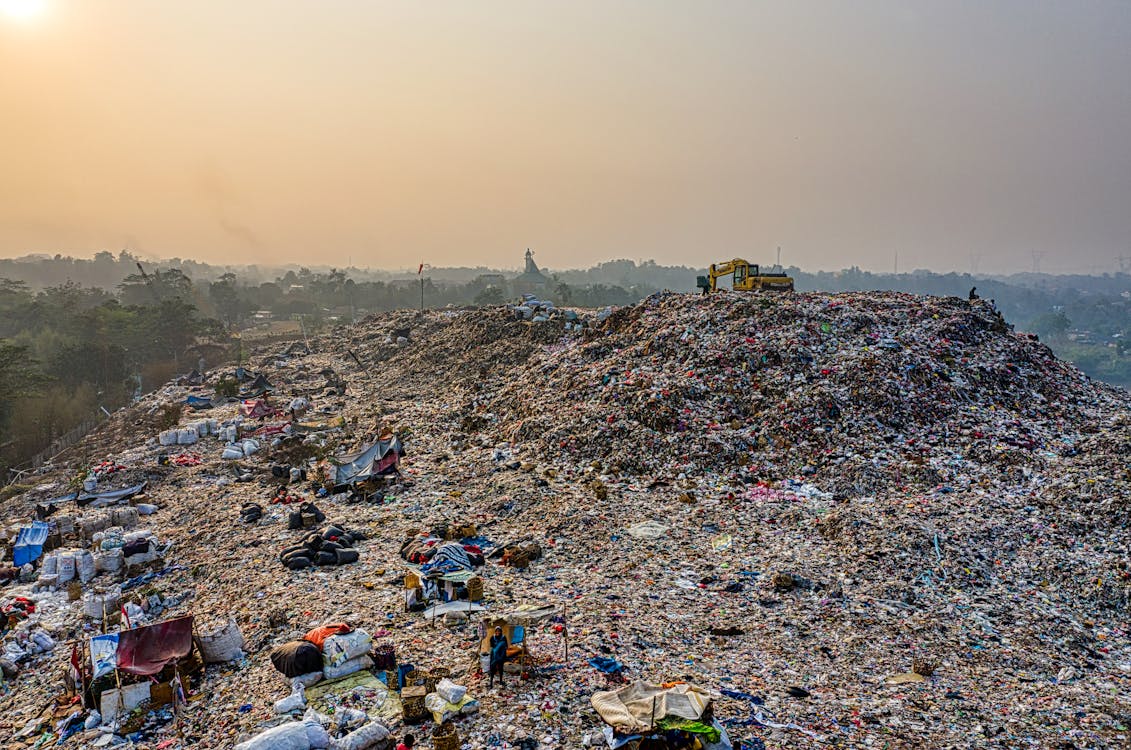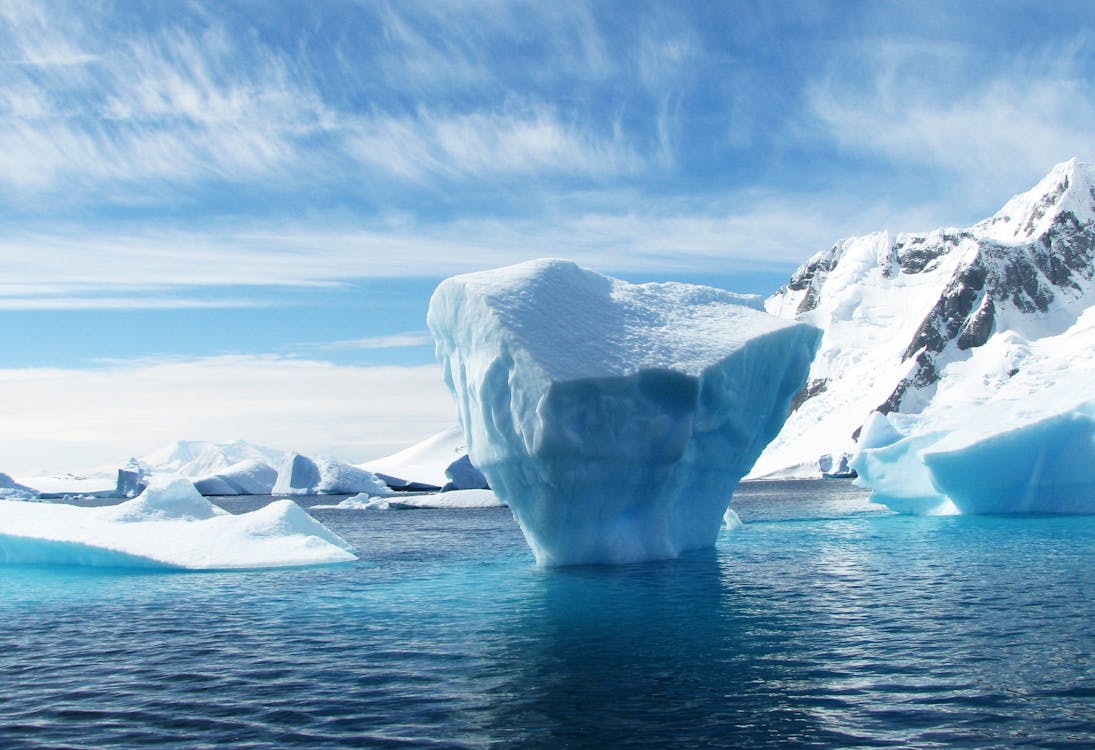Why are seal products good for the environment?
Seal hunting is a controversial subject in Canada for decades, and animal rights groups have been fighting against it for a long time because they claim that sealing is unsustainable. Is their claim true? This is what would like to discuss in the following article.
Seal products are sustainable
First of all, the seal population is healthy and more abundant than you believe. Today, none of the seal species harvested in Canada commercially are endangered and are indeed listed by CITES as a species of least concern.
Since 1987 the hunting of harp seal pups (whitecoats) and hooded seal pups (blue backs) have been illegal in Canadian waters, which is different from the pictures that anti-sealing groups use for their propaganda to profit from. One of the most prominent seal species hunted in Canadian waters is the harp seal. Its population has grown nearly 60% to 7.6 million since 1994. In 2020, the Government of Canada’s total allowable catch limit for the harp was only 5% of its population. And in recent years, the total number of catches reached less than 10% of that annual quota (0.5% of the total harp seal population).
Meanwhile, the seal population is at the highest record level in history. Moreover, controlling seal population is one of the ways we can help fish commercial stocks rebound, considering Canada’s fish stocks are declining, and our commercially important fisheries such as cod and salmon are under pressure as the growing population of seals. Did you know seals eat a lot of fish – roughly 30 million tons each year. The amount is 53 times more than our entire Atlantic fishing fleet catches.

We can confidently say that the seal products available in the commercial market today come from abundant populations, never from endangered species. The sealing industry is a good example of the responsible and sustainable use of renewable natural resources of Canada.
Seal products help to reduce your carbon footprint
One of the most effective ways to reduce our carbon footprint is to reconsider what we buy and what we consume.
Currently, the average American disposes of about 80 pounds of clothing each year, 85 percent of it ends up in landfills. In addition, most fast fashion comes from China and India, so shipping it globally requires using tons of fossil fuels to be burnt. Long supply chains consume resources at a huge scale, so of course, they are responsible for a disproportionately large share of the world’s carbon emissions.

Regarding our daily protein sources, cattle are the No. 1 agricultural source of greenhouse gases worldwide. Each year, one single cow emits about 220 pounds of methane. Methane from cattle is 28 times more powerful than carbon dioxide in warming the atmosphere. Cows and other ruminants account for just 4 percent of all greenhouse gases produced in the U.S., and beef cattle contribute 2 percent of direct greenhouse gas emissions. So, should we not eat meat and travel less? Not necessarily!
Local products don’t have to travel as far to arrive on your plate. Meanwhile, it helps reduce greenhouse gas emissions and contributes to improving our carbon footprint. It benefits the local economy, including supporting local farmers and other product manufacturers. We might be biased here, but we think eating local just tastes better and healthier, and Canadian fashion has better quality than clothes that come from China or Bangladesh. Moreover, seal meat is a sustainable food source that creates less impact on the environment compared to other high-intensity farming methods. You can feel good that the food you’re eating and clothes you are wearing won’t damage other species living in our oceans as well as help the local economy.
Wouldn’t you rather choose natural?
The global textile market is predominated by synthetic fabrics such as polyester. Not only does the production of these textiles release a significant amount of greenhouse gas, but also the pollution associated with its end-of-life discards has also become a major environmental threat today. Normally, plastic items take up to 1000 years to decompose in landfills and one research said plastic bottles take 450 years. Microorganisms cannot break down many synthetic polymers, including the petroleum-based fibers widely used for clothing.
In fact, millions of animals are killed by plastics every year, from birds to fish to other marine organisms. Nearly 700 species, including those at risk, are known to have been affected by plastic pollution. “Several chemicals found in everyday use products including plastic and electronics are lowering fertility of human and even some non-human species”, said Shanna Swan, a leading environmental and reproductive epidemiologist who has authored the book “Count Down” on that subject.

Unlike synthetic fashion materials, natural seal fur can be absorbed back into nature’s own cycle through biodegradation. Old fur apparel can even be composted for our backyard and so does seal fur. Seal fur is a renewable and biodegradable material and has much less impact on landfills and oceans than plastic-based synthetic textiles. Sustainable fur is a completely natural fashion material and is a renewable resource with excellent thermal qualities. Seal meat, compared to domesticated beef and chicken, has no added hormones or antibiotics. So, won’t you choose seal products that are good for you and good for the environment?
Seal products are more durable than synthetic products
How to save money on clothing, without sacrificing your style? The simple answer is buying quality clothing that will last long.
“Fast fashion” is terminology created to say cheap, disposable clothing, made imprudently, and often without consideration for environmental and ethical labor employment. We are paying the true ecological cost of cheap, mass-produced, disposable “fast-fashion” by scarifying the environment for short-term economic growth. With this ecological cost beginning to be calculated, the naturally durable and recyclable qualities of fur make more sense than ever before!
When clothing is made with durable materials like seal fur and reliable manufacturing processes, it’s more likely to stand the test of time without compromising its integrity. High-quality clothing items do not need to be replaced as often as their low-quality counterparts, saving time and money. For example, a well-made classic fur coat never goes out of trend. Some high-quality fashion brands are very confident about their products’ longevity, durability, and services that they even provide a lifetime warranty to customers. For example, one of the Canadian Seal Products vendors, Fourrures Grenier provides a lifetime warranty for their sealskin boots sole and they are very confident about the durability of their sealskin products. Seal fur has no underfur, so it is less prone to tearing and the stitching is less likely to come apart. Seal fur products can be easily stored, cleaned, and maintained. Properly made, they are known to outlast the owner. In addition, seal fur garments can also be recut and restyled (“remodeled”) as fashion changes. Your old seal fur coat can even be “recycled” to make bags, pillows, throws, or other home accessories.
Source:
http://canadiansealproducts.ficwebhosting.com/the-canadian-seal/sustainability-ecosystem
https://www.nationalgeographic.com/environment/article/plastic-pollution/
https://keeprocklandbeautiful.org/urgent-warning-on-climate-change//




